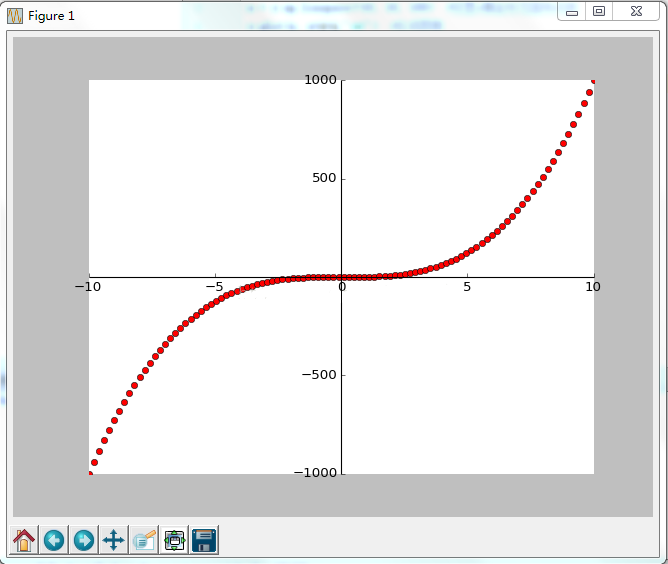余弦相似性计算及python代码实现过程解析
A:西米喜欢健身
B:超超不爱健身,喜欢打游戏
step1:分词
A:西米/喜欢/健身
B:超超/不/喜欢/健身,喜欢/打/游戏
step2:列出两个句子的并集
西米/喜欢/健身/超超/不/打/游戏
step3:计算词频向量
A:[1,1,1,0,0,0,0]
B:[0,1,1,1,1,1,1]
step4:计算余弦值

余弦值越大,证明夹角越小,两个向量越相似。
step5:python代码实现
import jieba
import jieba.analyse
def words2vec(words1=None, words2=None):
v1 = []
v2 = []
tag1 = jieba.analyse.extract_tags(words1, withWeight=True)
tag2 = jieba.analyse.extract_tags(words2, withWeight=True)
tag_dict1 = {i[0]: i[1] for i in tag1}
tag_dict2 = {i[0]: i[1] for i in tag2}
merged_tag = set(tag_dict1.keys()) | set(tag_dict2.keys())
for i in merged_tag:
if i in tag_dict1:
v1.append(tag_dict1[i])
else:
v1.append(0)
if i in tag_dict2:
v2.append(tag_dict2[i])
else:
v2.append(0)
return v1, v2
def cosine_similarity(vector1, vector2):
dot_product = 0.0
normA = 0.0
normB = 0.0
for a, b in zip(vector1, vector2):
dot_product += a * b
normA += a ** 2
normB += b ** 2
if normA == 0.0 or normB == 0.0:
return 0
else:
return round(dot_product / ((normA**0.5)*(normB**0.5)) * 100, 2)
def cosine(str1, str2):
vec1, vec2 = words2vec(str1, str2)
return cosine_similarity(vec1, vec2)
print(cosine('阿克苏苹果', '阿克苏苹果'))
以上就是本文的全部内容,希望对大家的学习有所帮助,也希望大家多多支持【听图阁-专注于Python设计】。

